Blog
When and how to use a Facebow dental instrument?
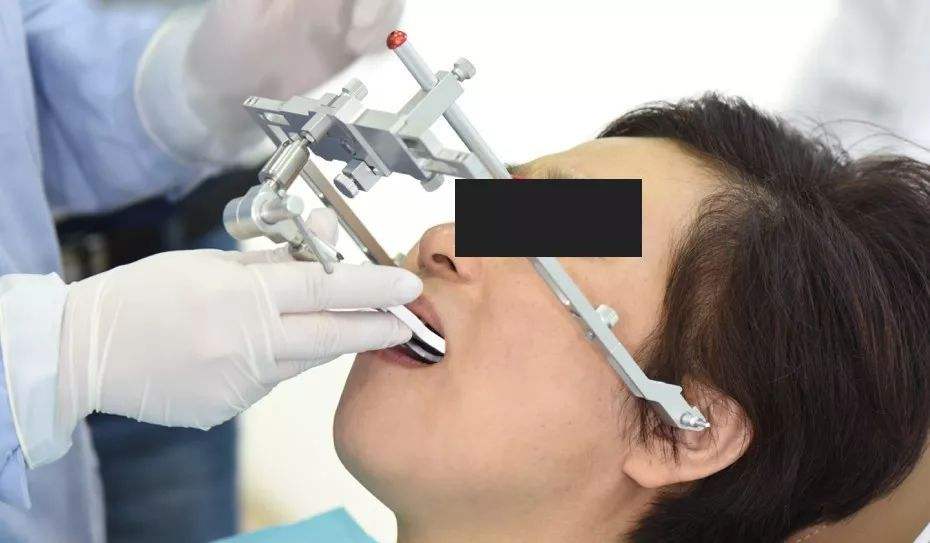
When to use a facebow
Jaw orientation relation is an important step in the construction of a removable and complete denture. The perfect and error-free occlusion fulfills the required function of teeth replacement. Occlusal malposition can cause pain, difficult mastication, and poor retention of the denture. To achieve a balanced occlusion and accurate jaw relation, a dental device, Artex Facebow is used during the denture fabrication and articulation of the cast.
Artex Facebow can be defined as “A clipper-like dental device which is used to record the maxilla-mandibular relationship to the temporomandibular joint and to orient the final cast on the articulator for optimal jaw relation”. The facebow records the relation of the artificial dentures with the opening axis of the temporomandibular joint to prevent any occlusal abnormalities.
Parts of the Artex Facebow.
Some key components of the Artex facebow that are essential for jaw orientation and transfer of record on the articulator are;
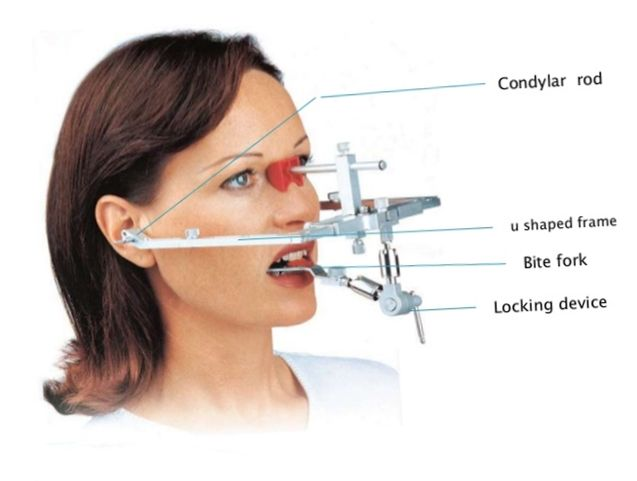
- Facebow Frame.
The U-shaped frame is the largest part of the Facebow that covers the front area of the patient’s face. It represents the plane of the cranium for the reference relation of dental arches. The metallic frame extends to the TMJ of both sides, 2-3 inches anterior to the face without direct relation to the mouth.
- Condylar rods:
These are small metallic rods on either side of the frame. Condylar rods help to locate the opening axis or hinge axis of the temporomandibular joint. These rods transfer the hinge axis of TMJ to the condylar shaft in the articulator. Condylar rods are only present in the arbitrary or Artex facebow.
- Facebow Bite fork.
The most important part of the Artex facebow has direct contact with the occlusal rims inside the mouth during the facebow record. The attachment of a Bite fork on rims called Stem. The minimum depth of Bite fork insertion on the wax rims is 3mm.
- Locking devices:
The locking device of the facebow keeps the whole assembly in position and prevents the unwanted movement of the facebow during record taking procedure. It unites the bite fork and U-shaped frame and supports the occlusal rims and casts articulation or transfer of the facebow to the articulator. The locking device consists of two parts; a transverse rod and a transfer rod.
- Orbital Pointer:
The orbital pointer marks the anterior reference point of the facebow on the infraorbital notch of the face. The orbital pointer can be located by the clamp on the fixed position and only present in the arbitrary or Artex facebow.
- Types of Facebow
There are various types of facebow based on their structure, components, and reference point. Out of which the two basic types of facebow are;
- Arbitrary facebow
- Kinematic face bow
- Arbitrary or Artex Facebow
The facebow without the condylar rods is called an Arbitrary or Artex facebow. It is the most common type used in complete denture fabrication. In the absence of condylar rods, the hinge axis is approximately marked on the 13mm anterior to the external auditory meatus on the line joining the cantus of the eye and the top of the tragus called the Cantho-tragal line.
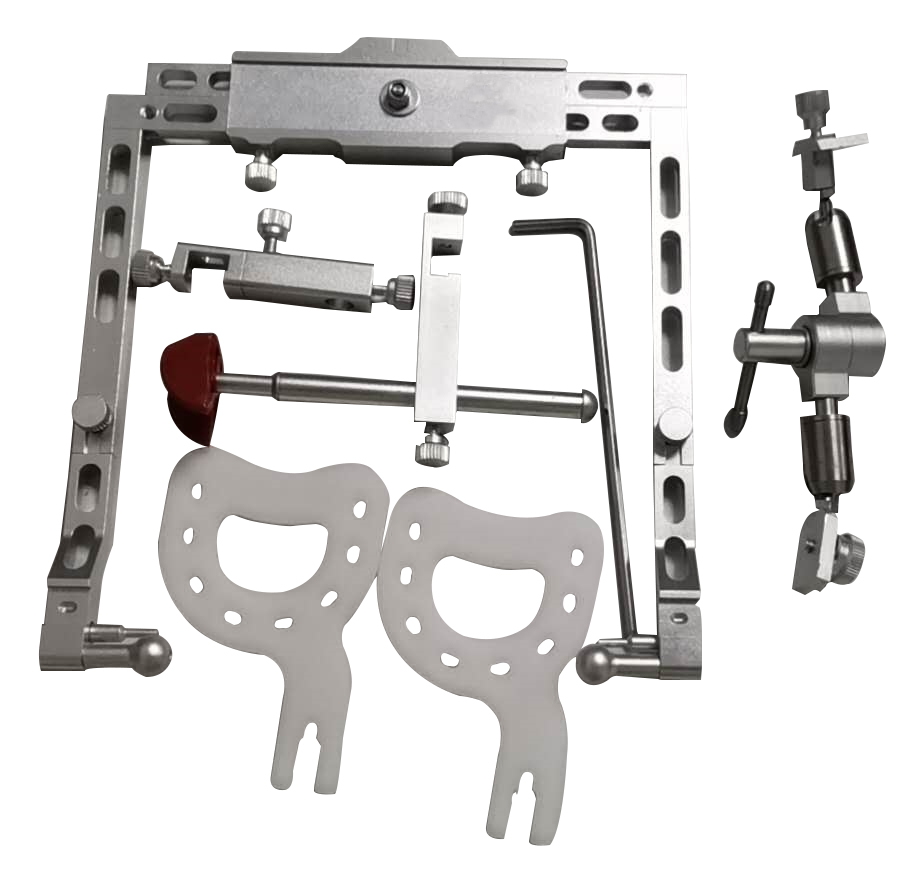
- Kinematic Face-Bow.
It has condylar rods for the TMJ marking. The main use of the Kinematic Face-bow is in the construction of fixed partial dentures and complete mouth rehabilitation.
- Significance of the Artex Facebow
The Artex facebow assists in the orientation of the cast about the patient’s terminal hinge axis. That ensures the central mount of the cast concerning the maxilla and mandible with the lateral and hinge movements. Facebow also locates the occlusal marking of the upper jaw in anterior-posterior dimensions that is necessary for correct occlusion.
Artex facebow is compatible with the Artex dental system. It transfers the jaw orientation to the Fully Adjustable Dental Articulator-Artex Cr. Artex facebow or Artex articulator works well with the Amann girrbach Artex CR system.
- Hinge Axis:
The face bow orients the cats in the hinge axis which is the imaginary line across which condyles can rotate without translation. The terminal hinge axis is the most retruded hinge position that is learnable, recordable, and repeatable. It corresponds to the centric relation.
- Jaw relation Recording with the Artex Facebow:
For the orientation jaw relation recording, the patient should be seated comfortably with head support in the upright position. The condylar rods inserted in the auditory meatus or the line marked in front of the tragus for the Artex facebow. The necessary guidelines marked on the wax rims and positional notches should place.
The occlusal rims were inserted in the patient’s mouth and the bite fork was placed in the mouth and asked the patient to close his mouth for embedding the bite fork in rims. The infraorbital pointer was placed on the orbital notch and locked the facebow assembly for the transfer of record on the particular.
Facebow transfer to fully adjustable Artex Articulator.
An articulator is a device or instrument that reflects the dental arches on which the cast can be mounted to replicate the functional and parafunctional relation of one arch to the other and to achieve the correct dental occlusion.
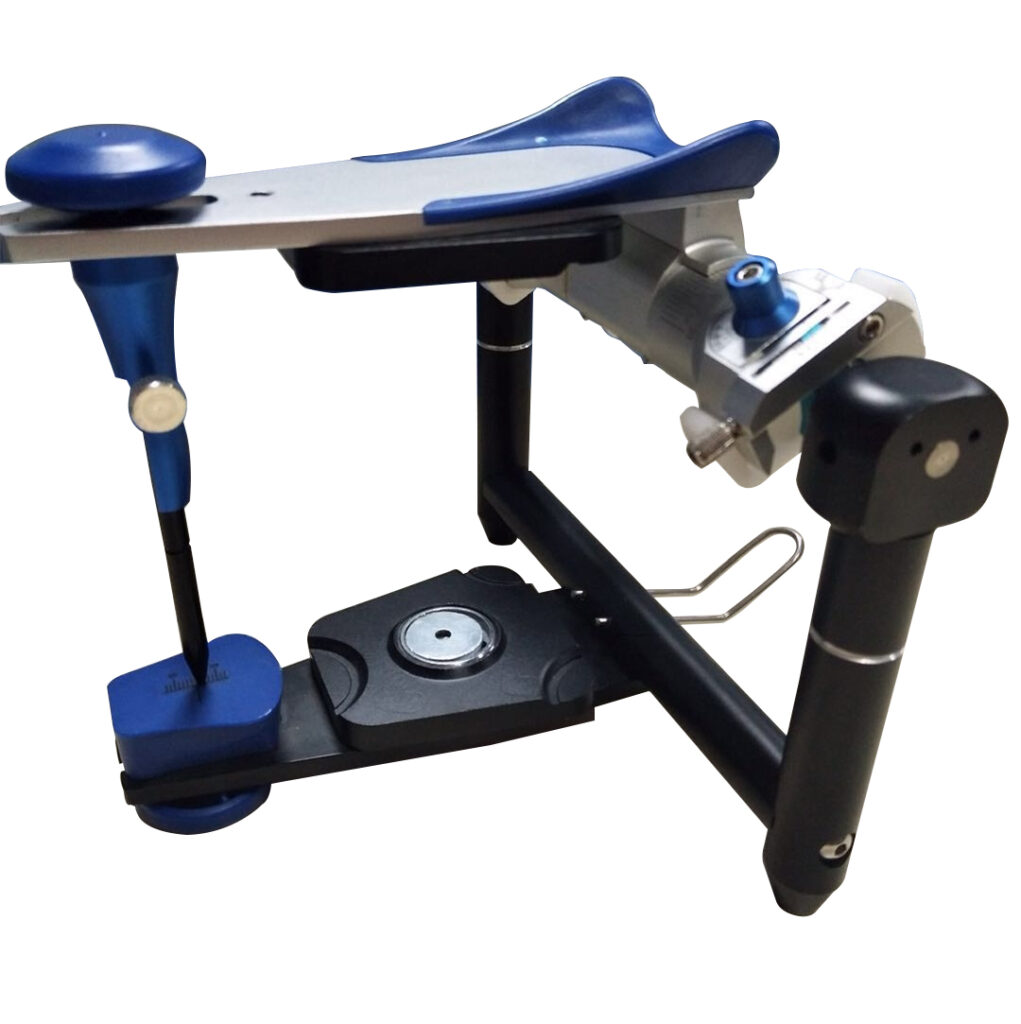
Types of Articulators:
There are three main types of articulators that are compatible with the Artex dental system.
- Non-adjustable
- Semi adjustable
- Fully adjustable Artex Articulator.
A fully adjustable Arter Articulator is widely used for denture construction. It is capable of constant adjustment followed by mandibular movements in all directions. Fully adjustable articulators can customize their readings for each patient.
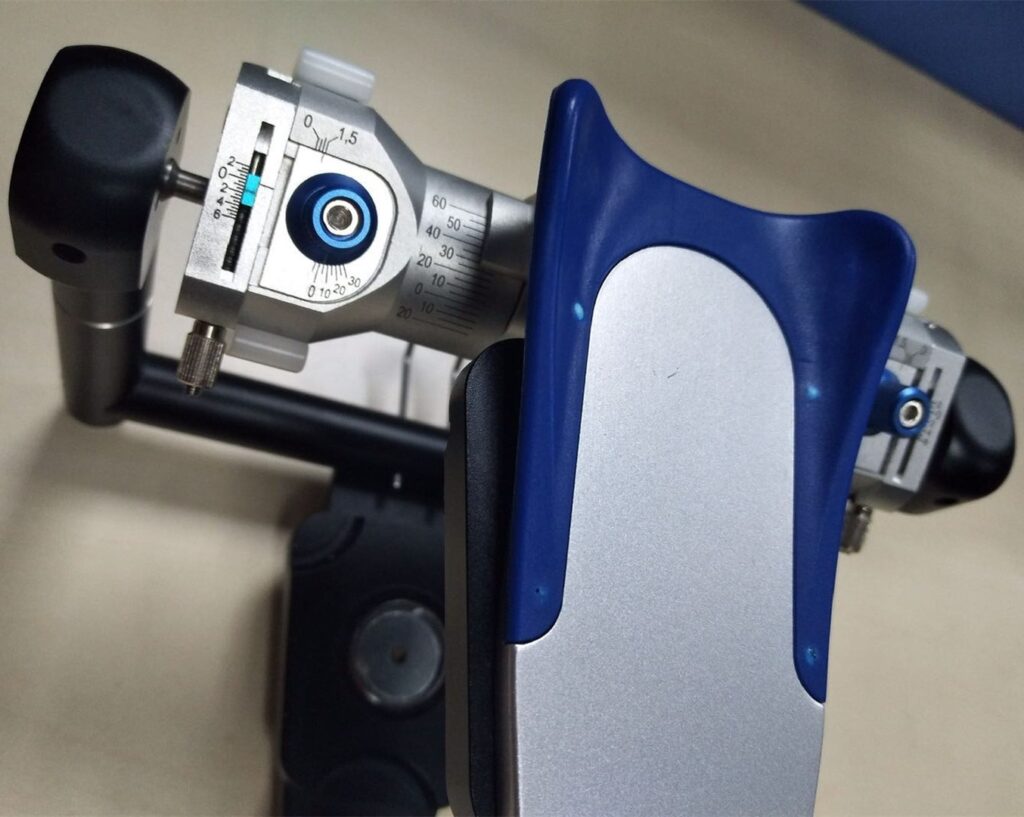
For the transfer of the Artex facebow on the fully adjustable Artex articulator the occlusal rims are removed with the Artex facebow without opening. The articular should position in the centric line of an incisal pin. The facebow is adjusted to the elevating screw to align the occlusal rim. The infraorbital pointer was adjusted with the infraorbital plate. The cast is mounted on the upper jaw of the articulator and held in the final position.
Conclusion
The Artex facebow assists in the occlusal adjustment of partial and complete dentures with relation to jaw position. It is a crucial step in the fabrication of dentures and for the transfer of jaw relation from the dental articular. Artex facebow is more convenient to use and compatible with Artex dental systems including the Artex fully adjustable articulator.
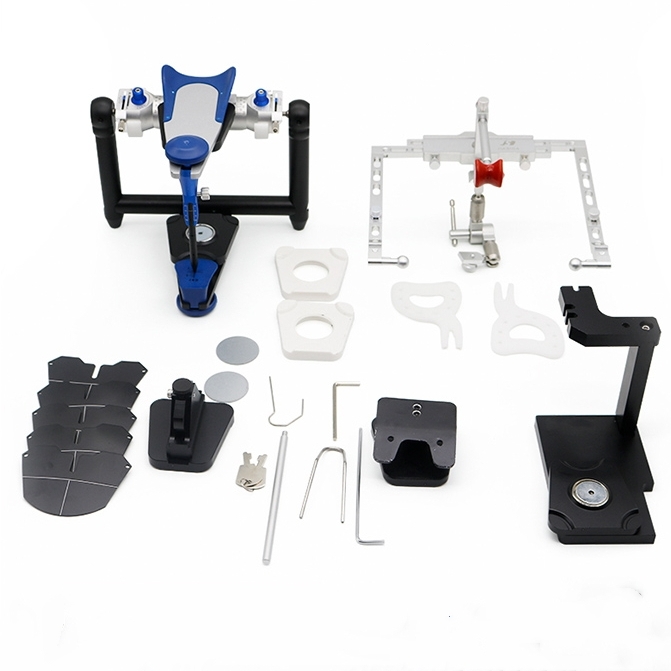
Articulators
Dental Articulators
The high-end dental articular ensures precise and error-free calibration. We have a wide variety of dental articulators that ensure precision and brilliance in prosthesis production. All dental articulators can be utilized for an extended period without any material flaws or faults. All type of articulators is compatible with the model transfer equipment’s.
